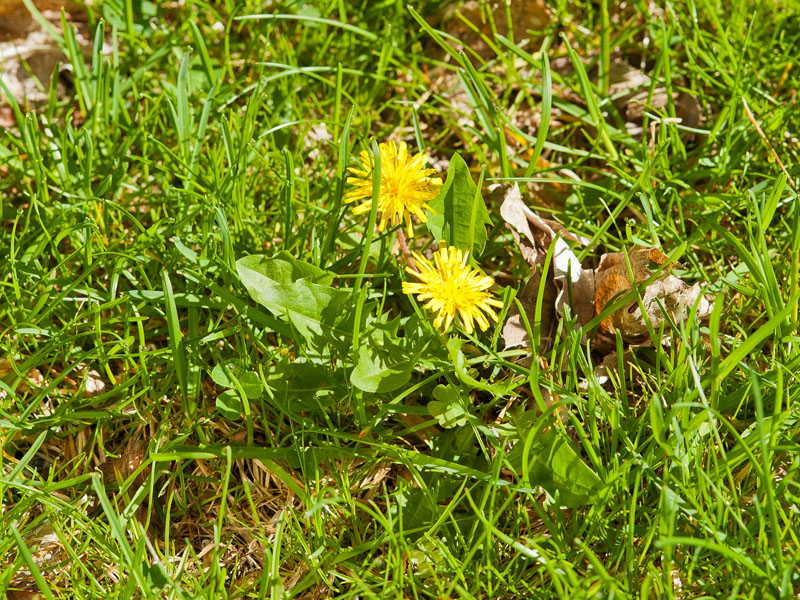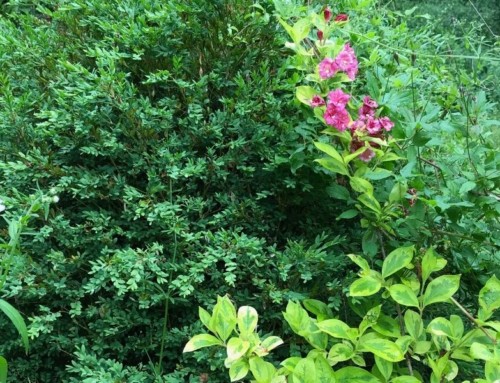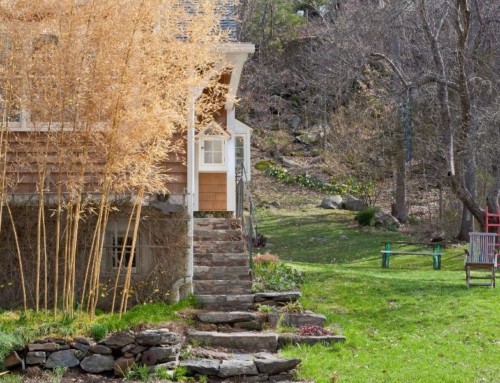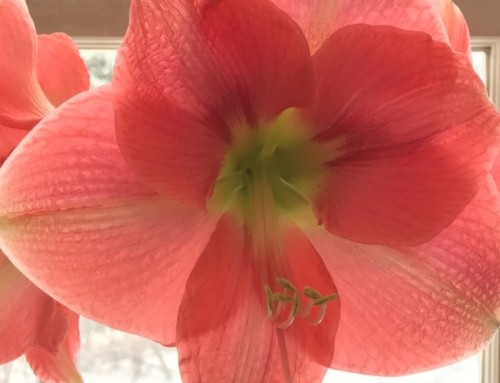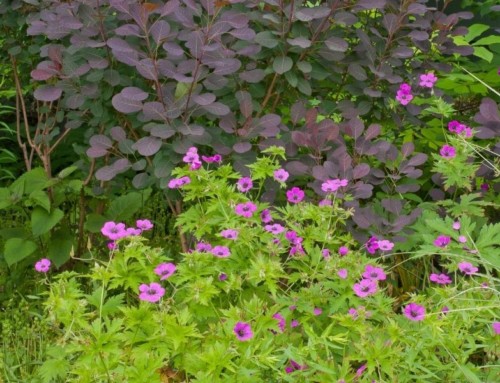In my training as a NOFA-Accredited Organic Land Care Professional, I was intrigued to learn a bit about what the plants we call weeds reveal about soil. Wanting to learn more, I called the instructor Michael Nadeau, Wholistic Land Care Consultant at his home in Connecticut.
Mike, a leading authority on sustainable organic and ethical land care strategies is a founding member of the CT/MA NOFA (The Northeast Organic Farmers Assoc.) Organic Land Care Program. With others, he literally wrote the book on organic landscaping – NOFA Standards for Organic Land Care: Practices for the Design and Maintenance of Ecological Landscapes.
Right off the bat he recommended Weeds and What They Tell Us written by soil scientist and advocate for biodynamic agriculture Ehrenfried Pfeiffer. First published in the 1950’s, now in its 3rd edition, it’s as relevant as ever. My copy is on its way.
Then he went on to say, “There’s a lot people could tell about their soil before they had soil tests. A farmer or good horticulturist walks the land and can tell by the plants what kind of soil there is. I think it’s an inherent sense that people attuned to plants and soil have, everybody has the capacity if their senses aren’t dumbed down.”
” You can amend the soil by knowing what plants are telling you.”
Here’s what he told me about some all-to-familiar plants that just happen to be in my yard.
Ground Ivy (Glechoma hederacea)
- Aka Creeping Charlie, Gill-over-the-ground.
- Found in heavy, moist, well-fertilized soil.
- Indicates deficiency of the mineral Boron, an essential micronutrient.
- Sprinkle 20 Mule Team Borax “like lightly peppering a steak” and do a soil test the following year.
- Don’t use Borate – it’s toxic, used in herbicides, and it kills beneficial ants.
Dandelions (Taraxacum officinale)
- Signifies deficiency of available “Lots of soils have calcium, but it’s not in a plant-available form. This could be because
- The pH is wrong (lawns do best in neutral soils, pH 6.5-6.7)
- Soil microbes have been poisoned by salt-based fertilizers pesticides, (meaning all ‘cides) or both
- A soil test will indicate available Calcium.
- If the pH is right, add gypsum. This will add calcium without changing the pH. (Tomatoes, for instance, prefer acidic soil).
- If pH is too low, check Magnesium (also on the soil test). If both are low, add Dolomitic lime. If Magnesium is sufficient, add Calcitic lime with no Magnesium.
- Add biology. If it isn’t there, gypsum will just sit there. ¼” of good compost, applied before a rain, or watered in, goes a long way toward re-establishing microbial life in the soil.
- Learn to love your dandelions. They feed pollinators and are bioaccumulators that pull minerals up from the soil, releasing nutrients to the soil.
Broadleaf Plantain (Plantago major)
- Aka “white man’s footprint” because native Americans noticed that it appeared wherever settlers made trails of compacted soils.
- Grows in anaerobic soil, moist nutrient-rich soil.
- To correct the condition
- Aerate
- Improve drainage (water compacts soil)
- Plant something appropriate in low spots where water collects
- Flocculate (cause soil particles to form aggregates, allowing space for air and water) by adding gypsum
- Create permanent paths with mulch, stone or gravel and forget the problem altogether.
Crabgrass (Digitaria ischaemum)
- Moves in where lawn is
- Underwatered
- Under nourished – or high fertility if there are bare spots
- Poorly drained
- Shades out weaker grass and then dies (it’s an annual), leaving a void saturated with crabgrass seeds.
- Plant perennial rye in spring – it fills in fast and thick, shading out crabgrass.
- Use a high-quality grass seed blend high in fescue cultivars that are suitable for your conditions in the fall. (Thin turf allows crabgrass to grow. Bare soil is dark so it warms faster; crabgrass germinates at 55 degrees, between forsythia and lilac bloom).
- Mow your lawn no shorter than 3,” including the edges, to shade out crabgrass seeds. “95% of landscapers, even if they mow high, scalp the edges, against the curbs where soil is hottest, with string trimmers.”
- “We call the typical 4-Step Lawn Programs “Rugs on Drugs.” To discourage crabgrass without harmful chemicals
- Improve soil biology (compost)
- Get the pH close
- Mow high
- Plant clover
White Clover (Trifolium repens)
-
- Indicates a nitrogen deficiency.
- Clover is a nitrogen fixing plant. Symbiotic bacteria convert nitrogen from the air into a plant-available form. As clover plant parts continually grow, die and decompose, nitrogen is released into the soil.
- It used to be quality grass seed mixes included clover seed. Mike recommends adding Dutch white clover seed 5-10% by weight in fall.
- Clover fills voids and mends disturbed areas – like the ones crabgrass inhabit.
- Great for pollinators of all kinds, not just honeybees, but it does make great honey.
- It’s better to live with it – just be careful when walking barefoot.
